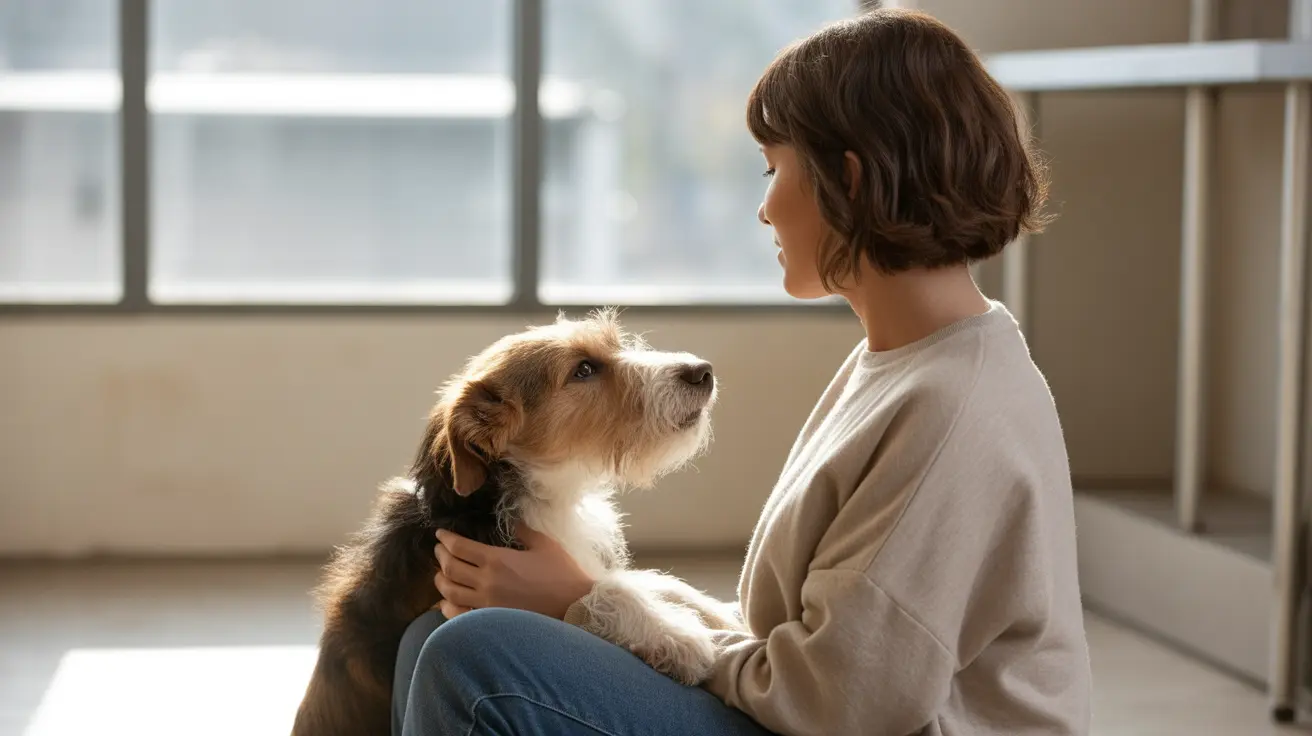How to Help Your Clingy Dog Become More Independent
Clinginess in dogs—also known as "velcro dog" behavior—can be endearing at first, but it often stems from deeper issues such as anxiety, boredom, lack of confidence, or past trauma. While affection is natural in dogs, excessive attachment can lead to disruptive behavior and emotional distress, both for the pet and owner. Understanding and addressing what drives clinginess is key to fostering a happier, more balanced companion.
Understanding the Root Causes of Clinginess
- Learned Behavior: Dogs that are constantly rewarded for staying close or seeking attention may develop clingy habits.
- Health Issues: A sudden increase in attachment could be a reaction to illness, pain, or sensory decline, especially in senior dogs.
- Anxiety and Stress: Environmental changes, new family members, or even the owner's own anxiety can lead a dog to seek constant reassurance.
- Separation Anxiety: Though different from clinginess, unresolved attachment can escalate into this more severe condition.
- Breed Tendencies: Breeds like Labradors, Border Collies, and Chihuahuas are naturally predisposed to close human interaction.
- Early Trauma or Shelter History: Dogs with a history of neglect or abandonment often exhibit strong attachment behaviors.
- Lack of Confidence or Socialization: Poor exposure to diverse environments can make a dog overly reliant on their owner for security.
- Attention-Seeking & Boredom: Inadequate exercise and mental stimulation can lead dogs to become clingy out of sheer boredom.
- Hormonal Influences: Fluctuations during heat, after spaying/neutering, or due to medical conditions like hypothyroidism can affect behavior.
- Environmental Factors: Dogs may stick close for warmth, comfort during storms, or because of barometric pressure changes.
- Resource Guarding: A dog may become possessive, staying close to guard their human 'resource’ from others.
Signs Your Dog’s Clinginess May Be a Problem
- Follows you from room to room relentlessly
- Displays distress when left alone
- Destructive behavior in your absence
- Constant need for physical contact
- Loss of appetite or disinterest in other activities
Recognizing these behaviors early is crucial. Abrupt behavioral changes warrant a vet visit to rule out underlying health conditions.
Steps to Reduce Clinginess and Promote Independence
- Increase Exercise: Ensure your dog receives adequate physical activity suited to their energy level and age.
- Provide Mental Stimulation: Use puzzle toys, training games, and scent work to keep their brain busy.
- Create a Safe Space: Designate a cozy area where your dog can relax without needing constant human proximity.
- Desensitize Daily Cues: Gradually get them used to your movements or habits that signal departure, such as picking up keys.
- Reinforce Independence: Do not reward clingy behavior. Instead, offer praise or treats when your dog shows independence.
- Establish Routine: A consistent daily schedule helps reduce unpredictability that can heighten anxiety.
- Medical Evaluation: Consult your veterinarian if behavior changes suddenly or seems health-related.
- Separation Training: For dogs already experiencing separation anxiety, use structured training or seek professional help.
- Combat Boredom: Rotate toys, introduce new games, and offer different sensory experiences regularly.
- Build Confidence: Introduce new people, places, and situations through positive reinforcement-based training.
- Stabilize Environment: Reduce environmental sensitivity by making indoor spaces calm and predictable.
- Support Post-Trauma Recovery: For dogs with difficult pasts, employ patience, empathy, and routine to rebuild trust.
When to Seek Professional Help
If consistent efforts don’t reduce your dog’s clinginess, or if troubling signs like aggression, depression, or intense separation anxiety emerge, it's time to consult a veterinarian or certified canine behaviorist. They can identify medical causes and create a tailored behavior modification plan.
Helping a clingy dog become independent takes time, but with consistent structure, enrichment, and compassion, you can equip your pet with the tools to thrive confidently—even when you're not around.





